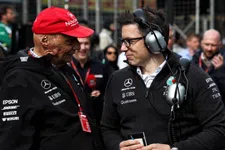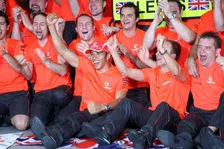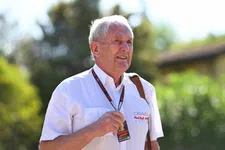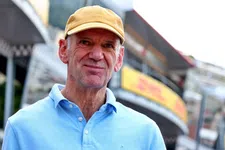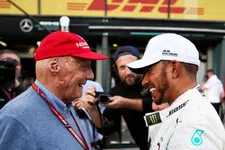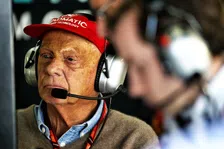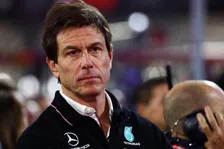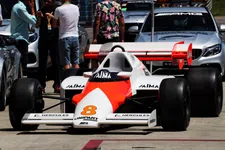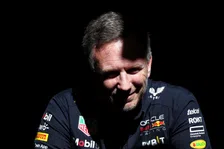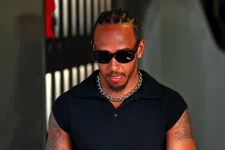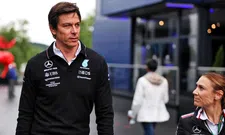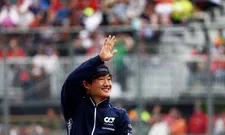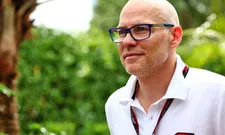Unlikely rise to Formula 1
The film ‘Rush’ shows an exaggerated version of the story of Lauda in his younger years. Lauda's father didn't like the fact Niki was going to do something as rash as racing, but the later triple world champion did not like the unsolicited criticism. He was determined to prove himself.
Essentially as a paydriver, Lauda managed to squeeze himself onto the Formula 2 grid, to combine that series with Formula 1 for the March team. In F1 it didn't work out very well and he switched to BRM. Things don’t improve, but the change of team turns out to be good for something: teammate Clay Regazzoni moved to Ferrari in 1974 and put in a good word for Lauda at the big boss Enzo Ferrari.
Results speak for themselves
The very direct and crude Lauda we knew in his later years was exactly how he was in his younger years as well. While it didn't make him the most beloved driver on the grid, the results he achieved spoke for themselves. In his first race for Ferrari, the Austrian finishes second, with his maiden win (and Ferrari’s win in years) following at the Spanish Grand Prix a few races later.
On Dutch soil, Lauda also triumphs at Zandvoort, but it's not enough for the title: five DNF's in the last races of the season prevent the Austrian from becoming champion in his first year with the Scuderia.
A year later, he did triumph. Lauda became world champion thanks to five wins and four podiums to go with it. Ferrari also won the constructors’ championship for the first time in years, making Lauda very popular among Italians.
The accident
Lauda failed to defend his title in 1976 as rival James Hunt took the championship with McLaren. It was a life-defining year for Lauda.
He started the season in terrific form, winning the first two races of the season: in the following races the Austrian finishes second before winning two more Grands Prix. Ferrari has a great car on the grid in the 312T and the 312T2, with McLaren having no answer for its pace at the time.
At the Nürburgring, however, things take a dark turn. Rain makes the already dangerous track even more treacherous and Lauda urges the powers that be not to let the race take place. Apart from a few drivers, nobody agreed with the Austrian and the race goes on.
In lap two of the 1976 German GP, Lauda’s steering fails and he shoots off the track, with his Ferrari immediately catching fire with Lauda trapped inside. It would take quite some time before other drivers saved the Austrian from burning alive. Lauda's lungs are completely ruined because of the fumes he inhaled, and it was nothing short of a miracle that Lauda was still alive. Stunningly, Lauda appeared on the grid again a mere six weeks later for the Italian Grand Prix, where he incredibly finished fourth. After the race when he took his helmet off, his balaklava was covered in blood as his wounds had re-opened.
With only one race to go, Lauda still led the championship in 1976, but James Hunt had closed the gap almost completely. When Lauda decided to park his Ferrari in the pits in the last race of the year (in Japan) because of the heavy rain, Hunt needed to finish third to become champion. The Brit finished exactly in that position and, with one point more than Lauda, became world champion.
Departure, struggle and final title
Lauda would get his second a year after in 1977. The United States Grand Prix was also the last race where Lauda suited up for Ferrari: the Austrian would leave for Brabham, where performances were nowhere as good as at his former employer.
While Lauda did win the Swedish Grand Prix with the remarkable fan-car, the Austrian only finished 1978 in fourth place. One season later the reliability of the Brabham became even worse, and Lauda promptly decided to retire.
After a three-year hiatus, McLaren manage to get Lauda out of retirement to drive alongside John Watston in 1982. Lauda finishes the year in fifth but did take two wins. Due to a switch to other engines, the 1983 season was a complete failure, but this was compensated a year later in '84 as Lauda grabbed his third title, battling teammate Alain Prost the entire year but marginally beating the young Frenchman.
In 1985, Lauda would be on the grid for the last time as an F1 driver, with only one bright spot on Dutch soil. The Austrian won the last Dutch Grand Prix to date before finally hanging up his gloves.
Mercedes era
After retiring, Lauda joined Ferrari in the 1990s to work as an advisor. A few years later, he joined Jaguar to work there as team principal together with Guenther Steiner. The adventure at the side that would later become Red Bull Racing was short-lived and Lauda took a step back again until Mercedes announced its return to Formula 1 for the 2010 season.
In 2012, Lauda took place alongside Toto Wolff as non-executive chairman of the F1 team, and he played an integral part in the tremendous success Mercedes have had in recent years.
Lauda passed on May 20th, 2019. The legendary figure was 70 years old.
